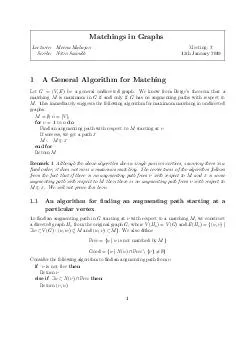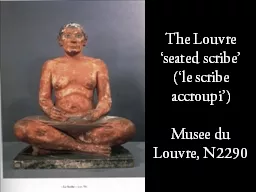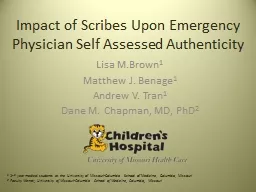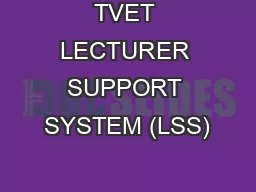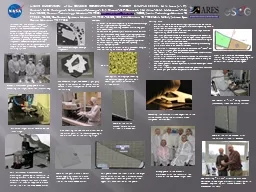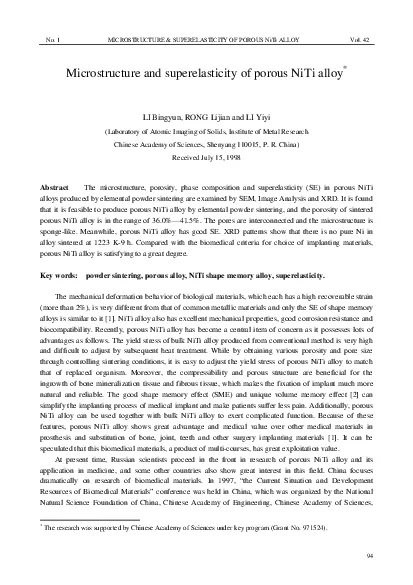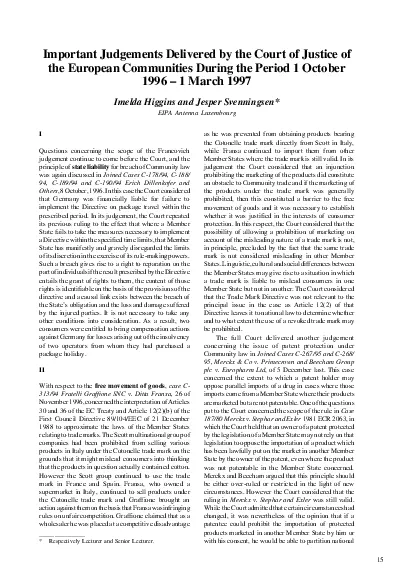PDF-Matchings in Graphs Lecturer Meena Mahajan Scribe Niti
Author : giovanna-bartolotta | Published Date : 2015-04-08
We know from Berges theorem that a matching is maximum in if and only if has no augmenting paths with respect to This immediately suggests the following algorithm
Presentation Embed Code
Download Presentation
Download Presentation The PPT/PDF document "Matchings in Graphs Lecturer Meena Mahaj..." is the property of its rightful owner. Permission is granted to download and print the materials on this website for personal, non-commercial use only, and to display it on your personal computer provided you do not modify the materials and that you retain all copyright notices contained in the materials. By downloading content from our website, you accept the terms of this agreement.
Matchings in Graphs Lecturer Meena Mahajan Scribe Niti: Transcript
Download Rules Of Document
"Matchings in Graphs Lecturer Meena Mahajan Scribe Niti"The content belongs to its owner. You may download and print it for personal use, without modification, and keep all copyright notices. By downloading, you agree to these terms.
Related Documents

